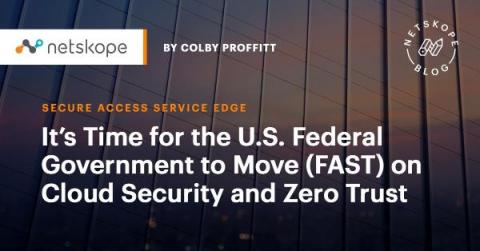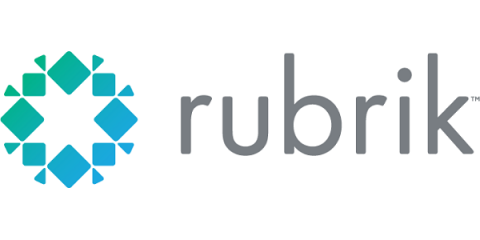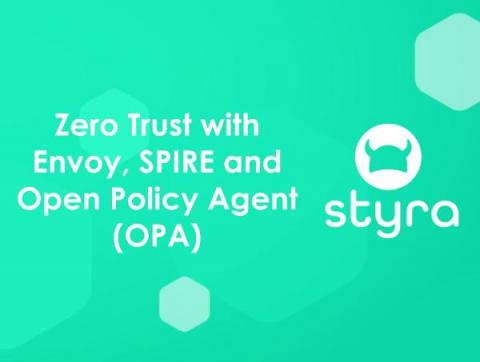It's Time for the U.S. Federal Government to Move (FAST) on Cloud Security and Zero Trust
Executive Order 14028 on Improving the Nation’s Cybersecurity was released in May with nine sections outlining specific focus areas for security improvements. As we noted at the time, Netskope applauded the EO for how it placed significant emphasis on zero trust security adoption, mentioning it no fewer than 11 times, and insisting on proactive action.









